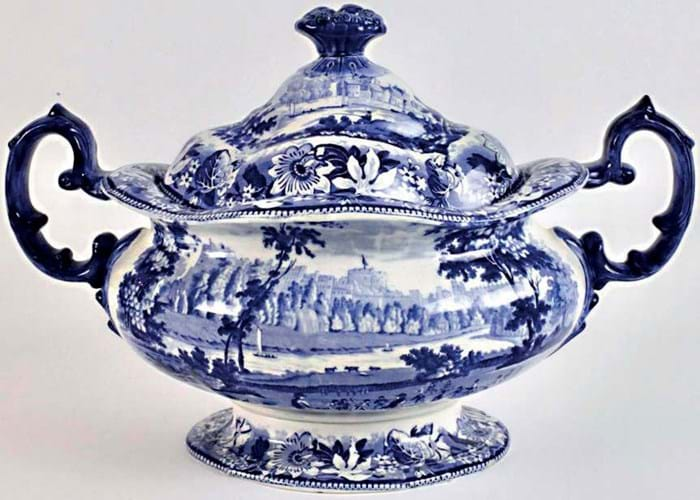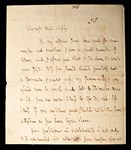
A pair of wicket-keeping gloves used during Australia’s inaugural tour of England in 1878 was sold for £26,000 by sporting specialist Knights (20% buyer’s premium) in Norfolk on August 6-8.
As a stand-in keeper, William Lloyd ‘Billy’ Murdoch kept wicket only once at Test level (against England in Sydney, 1882) but these brown leather gloves travelled with him in 1878 and in the subsequent tours that gave rise to the Ashes.
As a batsman, Murdoch scored both the first double century in Test cricket (211 against England in 1884) and the first triple century in Australian domestic cricket (321 against Victoria in 1882).
However, after settling in England, he switched colours, playing county cricket for Sussex and for the England side in a tour of South Africa in 1904.
These gloves, housed in carved wood frame decorated with cricket bats, stumps, bails and balls, were originally sold in a Phillips auction held at the Kooyong Lawn Tennis Club, Melbourne, in August 1998.
One is inscribed Presented to Harry Musgrove, Lords XI by Billy Murdoch, worn on the tour of England 1878. Musgrove was an Australian theatrical manager and cricketer who managed the Australian team during the tour of England in 1896.
‘Father of Indian Cricket’
A late Victorian cricket bat by Benjamin Warsop & Sons was inscribed Ranji’s University bat 1892 and 1893. To the back are the ink initials KSR and a list of matches and scores achieved with the bat across two seasons.
Opening the batting for Trinity College, Cambridge, the 1892 season was the first year Kumar Shri Ranjitsinhji (1872-1933) played senior cricket. He gained his ‘blue’ the following year and would later play for Sussex and England.
His importance in the history of the game is twofold. Regarded among the greatest batsmen of his era, he was among the first to play off the back foot, both in defence and attack.
Ranjitsinhji is particularly associated with one shot, the leg glance, which he invented or popularised.
More generally he is considered ‘Father of Indian Cricket’, as he was one of the earliest top-class Indian cricketers to play the sport. The first-class cricket tournament in India, the Ranji Trophy, was named in his honour, by which time he had taken inherited the title of maharajah and ruler of the Indian princely state of Nawanagar.
One of several historic bats offered in the sale with varying degrees of success it was guided at £6000-9000 but sold at £21,000.
Castle pitch

Rare pearlware soup tureen printed with the pattern known as ‘Cricket at Windsor Castle’, £9500 at Knights.
Estimated at £3000-5000 but sold for £9500 at Knights was a rare pearlware soup tureen printed with the pattern known as ‘Cricket at Windsor Castle’.
Made c.1830-40 by Goodwin & Harris as part of the ‘Metropolitan Scenery’ series, the scene adapted from a print of 1793 showing a match at Lord’s between the Earls of Winchilsea and Darnley.

Rare pearlware soup tureen printed with the pattern known as ‘Cricket at Windsor Castle’, £9500 at Knights.
Other pieces known with this design include two different meat dishes, a tureen and a water jug. In April Knights sold a restored ‘well and tree’ dish measuring 19in (48cm) across for £4400. A slightly smaller meat dish with a moulded border in the same ‘Cricket at Windsor Castle’ pattern was sold by Knights in July 2021 for £1400. It, too, had some condition issues.















